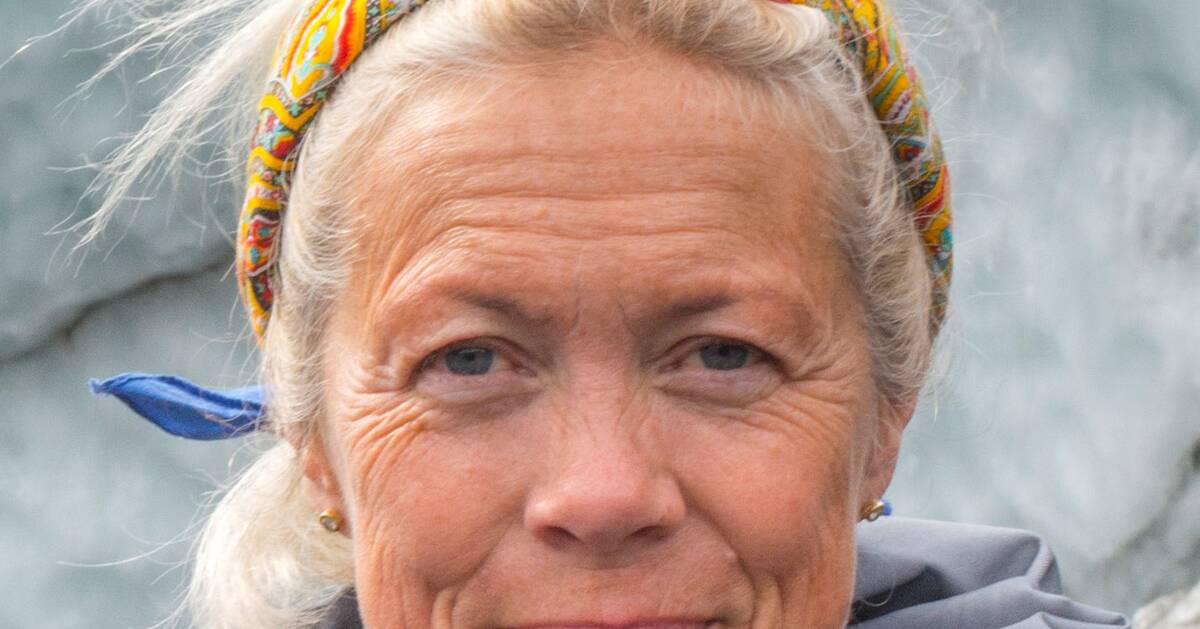We who work with climate reporting are often told that we are alarmists and scare young people unnecessarily.
That we are creating climate anxiety.
In fact, we only listen to the scientists and report on scientifically supported knowledge.
But now researchers are beginning to discuss what value all this knowledge really has when their reports are still not taken seriously by politicians.
And it's not just the senior researchers who say they are speaking on deaf ears.
The researchers are met with disbelief
At a symposium with glacier researchers from all over the Nordics recently, young researchers wondered what their efforts were worth.
They spend long working days in the snow and cold on Svalbard's glaciers or at the computer in the lab to understand the ice's reactions to a warmer and wetter climate.
To still face doubt and mistrust.
In a film we recently showed in Vetenskapen värl, one of the researchers talks about "the burden of awareness" - how heavy it is to be aware of the big changes that are taking place, without getting enough attention.
The film is about the Greenland ice sheet, which would raise the world's oceans by seven meters if it melted completely.
Nobody thinks this will happen now and suddenly, but the melting is increasing and the scientists are trying to spread their results and make the world listen.
Scientist Jason Box looks out over the ice surface and calls the melting a disaster in slow motion.
"When you understand the extent of climate change, you no longer sleep well at night."
"Climate retarder" new term
In Sweden, more and more of our well-known climate deniers are starting to argue that the urgency around climate measures is exaggerated.
They say that we have built ourselves into a fossil society and must adapt to the changes and that a transition from a fossil society to a renewable one is not economically justified.
Some activists call them "climate retarders".
It's about people who don't like to talk about what non-action is doing in more vulnerable areas of the world.
Such as in the Arctic, where warming is three times faster than the global average.
A warmer world means that more precipitation in Greenland comes as rain instead of snow.
What does it do to the ice?
Run some water over a bowl of ice and it's obvious: running water increases the rate of melting.
The movement of the ice is accelerated down towards the coast.
Water under the ice makes the surface extra slippery.
Reporting continues on climate change
Today, we have a lot of secured knowledge to lean on when we make decisions about measures.
But there are still white spots on the map.
One of them is the ice sheets.
Big and inhospitable bastards who only reluctantly let the researchers into the skin.
In the film about Greenland, we showed images from the breathtaking expedition where the filmmaker follows three researchers high up on the ice sheet and deep down into its cold and wet sinkhole.
Everywhere they are surprised that there is so much free water in the otherwise deep-frozen ice sheet.
The paths of water through the ice are just one of the mysteries surrounding the great glaciers, which scientists continue to persistently investigate.
For journalists, it is not an option to ignore the knowledge of how the frozen part of our world is doing, with warmer seas, thawing permafrost and shrinking or even disappearing mountain glaciers.
We continue to report from the front lines of research.
See the entire World of Science - The Glacier from the inside

